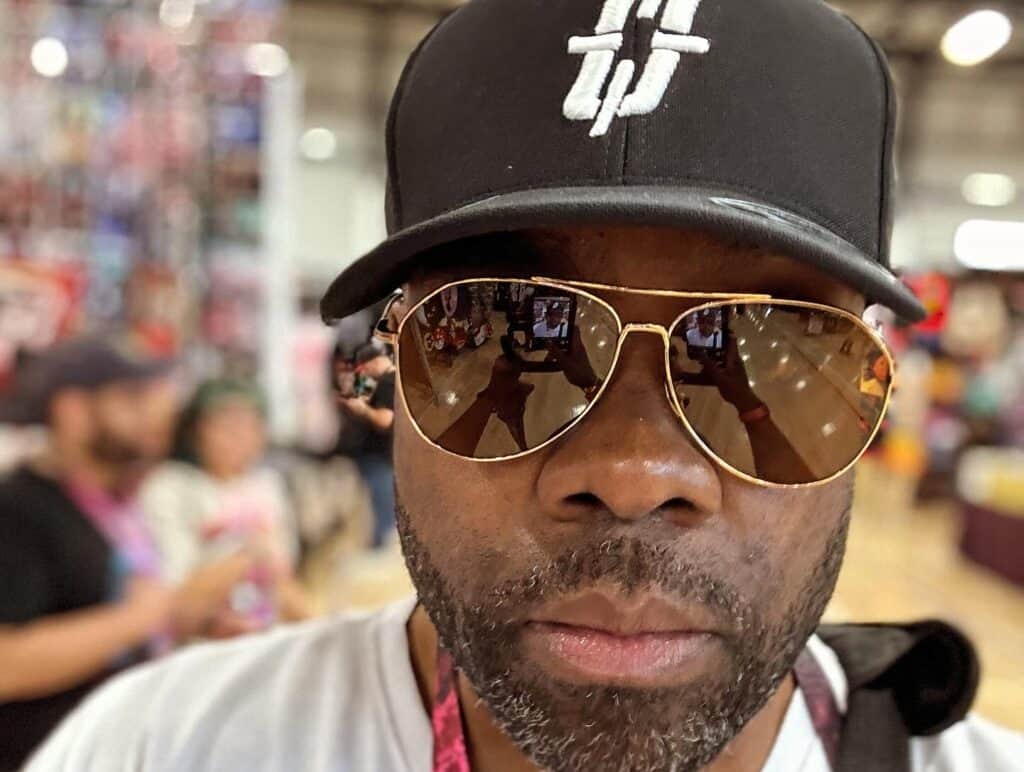You ever feel like you’re drifting through your own life? Like, everything on paper says you should be good—the bills are paid, you’re still employed, there’s food in the fridge—but you still feel… untethered. Like a balloon someone let go of, and now you’re just floating through space, checking your phone, scrolling past everybody else’s highlight reels, wondering why you still feel so damn alone.
That feeling? It’s not just in your head. You might be missing something behavioral scientists call social anchoring. And in 2025, it might be one of the most quietly devastating losses we’re all experiencing.
What Is Social Anchoring?
At its core, social anchoring is the network of consistent, identity-affirming connections that help you know who you are, where you belong, and how you matter.
You don’t need a scientific degree to get this—you’ve probably felt it before. That barbershop where everybody knew your name. The grandma who never let Sunday dinner slide, no matter what was going on. That one friend group chat that stays alive even when y’all got nothing to say. These aren’t just moments. These are rhythms. Roles. Rituals. They’re anchors.
Social anchors are the people and patterns that hold us steady—not just physically, but psychologically. They let us relax into our roles. They give rhythm to our weeks. They give us a space where we don’t have to prove ourselves, because our presence alone is proof that we matter.
And here’s the thing: when those anchors disappear, we drift. Not immediately. Sometimes not even noticeably. But over time, without those repeated social cues that reflect our value back to us, we start to rely only on performance for our identity. That’s dangerous. Because when your sense of self is built only on what you do, the moment you stop doing it, you disappear.
What Happens When You Lose Your Anchor
There’s a special kind of disorientation that happens when your outer life stays in motion, but your inner life goes dark. You keep grinding, keep showing up, keep being “productive,” but inside, you feel invisible.
You might find yourself hyperfocused on self-improvement—not because it brings joy, but because it feels like the only way to matter. You start to substitute connection with consumption. You’re doomscrolling, binge-watching, overworking, trying to feel something. Maybe you withdraw—not out of malice, but out of quiet exhaustion. And maybe worst of all, you stop reaching out because you’re convinced no one would really notice either way.
Sound familiar? You’re not broken. You’re just adrift.
In behavioral science terms, social anchoring disruptions correlate with lower levels of interpersonal trust, increased loneliness, decreased political efficacy, and in some cases—especially for working-class folks—radicalization. That’s not hyperbole. When people don’t feel rooted in their communities, their brains look for belonging anywhere they can find it.
It’s how folks end up screaming in comment sections, or idolizing conspiracy influencers, or getting swept up into toxic online spaces. You can be intellectually skeptical and still get emotionally pulled in, because the brain is wired to seek attachment. If healthy attachment disappears, something else will take its place.
How to Spot the Absence of Anchoring (In Yourself)
Let’s sit with a few tough questions. Who would drop everything to pick you up from the ER? Be honest. When’s the last time someone invited you somewhere—just because? Can you name three people who know what you’re currently struggling with? If your phone died, could you show up unannounced to someone’s house and feel safe?
If most of those questions made you pause or squirm a little—don’t beat yourself up. Just acknowledge the signal: you may be under-anchored.
This doesn’t make you weak. It makes you human.
The modern world isn’t designed to maintain anchoring. We’ve engineered convenience at the cost of connection. Grocery delivery instead of seeing folks. Remote work instead of breakroom laughs. Streaming instead of movie nights. Hell, even church went digital.
And the cost? A generation that knows how to “brand” themselves but doesn’t know who they are to other people.
How to Rebuild Social Anchors
Rebuilding anchoring doesn’t require a grand gesture. It starts with small, consistent acts of presence.
Set a recurring meal with someone you trust. It doesn’t have to be deep—it just has to be regular. Join something that meets weekly, whether it’s a fitness group, a game night, or a book club. Re-enter spiritual or civic spaces if they speak to you. Volunteer. Reclaim ritual. That could be Friday tacos, Sunday walks, or even a morning check-in text that says, “Still here. You good?”
And if you’re not sure where to begin, try this: be the one who reaches out. Be the planner. Be the one who texts first. You create anchors by becoming one for someone else.
You don’t need a hundred people. You just need a few real ones who see you, who hold space, who notice.
Final Thoughts: You Weren’t Meant to Float Alone
A socially anchored person is a more trusting person. A more stable person. A more powerful person.
This isn’t about being needy. This is about being human.
We’re not built for isolation. We’re built for belonging. And if the institutions that used to do that work have faded, it’s on us to replant those roots.
This week, reach out. Not for content. Not for clout. Just for connection.
Text someone and say: “You good? Wanna grab coffee? Let’s catch up.”
Because sometimes, all we need is one person to remind us we’re still anchored.
Dr. Leo Croft
Behavioral Scientist | Community Strategist | Founder, Stix Figures Arena

